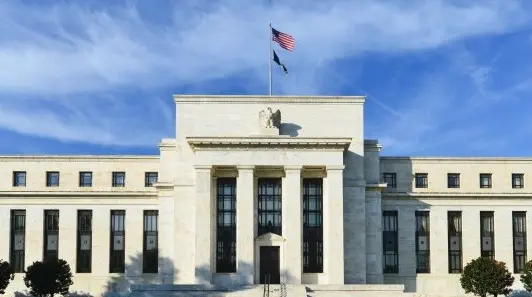Asia buys oil after another overnight slump
Oil had another hugely volatile session overnight as hawkish FOMC minutes and recession fears prompted more long liquidation and attracted algo-driven momentum sellers. Brent crude tumbled by 4.80% to USD 99.75 a barrel in another mind-boggling session. WTI tested USD 95.00 intraday, before gaining back some losses to finish 2.80% lower at USD 98.10 a barrel.
In Asia, the lure of USD 100 a barrel of Brent crude has proved an irresistible lure to physical buyers, and oil prices have rallied today. Brent crude is 1.70% higher at USD 101.45 a barrel, while WTI has climbed by 1.20% to USD 99.20 a barrel. This perhaps highlights the disconnect between the speculative market on the futures exchanges, and the reality of the physical market where futures contracts remain heavily in backwardation, signalling immediate oil supplies are as tight as ever. I remain unconvinced that the fall in prices is anything more than an adjustment to recessionary fears and speculative noise in the futures space. We are yet to see demand destruction.
Having said that, the failure of the 2022 support lines on both contracts so comprehensively must be respected, as are looming recession risks around the world. But with Russian oil supplies set to drop as the year progresses and it runs out of Western parts to maintain fields, and with the rest of OPEC hopelessly uninvested in maintaining production capacity, I fear the days of USD 100 oil will be with us for some time yet.
Brent crude has resistance at USD 106.00 and then its 2022 trendline at USD 108.85, followed by the 100-day moving average (DMA) at USD 110.30. It has traced a double bottom at USD 98.60, followed by the 200-day moving average (DMA) at USD 96.35 a barrel. WTI has resistance at USD 102.00 and then its 100-DMA at USD 107.00 a barrel. Support is at USD 96.65, USD 95.00, and then its 200-DMA at USD 93.50 a barrel.
Gold is in trouble
The continuation of US strength overnight, and high US yields, delivered another kidney punch to gold which slumped once again, falling 1.45% to USD 1739.50 an ounce. In Asia, the shorter-term oversold technical picture sees a modest 0.45% bounce to USD 1746.00 an ounce.
Since breaking USD 1780.00, gold’s technical picture has deteriorated rapidly, and it is clear it remains at the mercy of the US dollar’s direction. The only positive note to be seen is that its RSI has fallen into oversold territory, allowing for a modest corrective rally to occur.
Gold has resistance at USD 1780.00, USD 1785.00, and USD 1820.00, its downward trendline. Support is at USD 1720.00, followed by USD 1675.00. Failure of longer-term support at USD 1675.00 sets in motion a much deeper correction, potentially reaching USD 1500.00 an ounce.
This article is for general information purposes only. It is not investment advice or a solution to buy or sell securities. Opinions are the authors; not necessarily that of OANDA Corporation or any of its affiliates, subsidiaries, officers or directors. Leveraged trading is high risk and not suitable for all. You could lose all of your deposited funds.
Oil takes a tumble, gold in trouble - MarketPulseMarketPulse

















































































